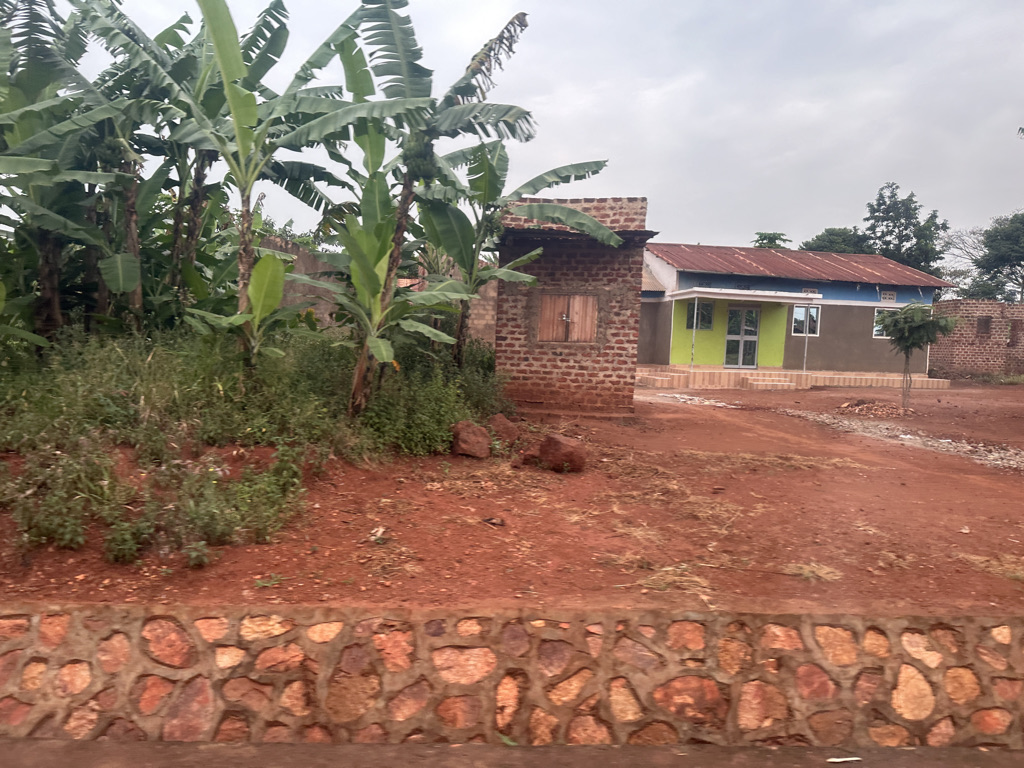
Stepping from the rugged landscapes of Ethiopia into the verdant embrace of Uganda feels like entering a different world altogether. Uganda, with its lush greenery and vibrant red soil, offers a striking contrast to its East African neighbor.
It’s a Jungle Out There
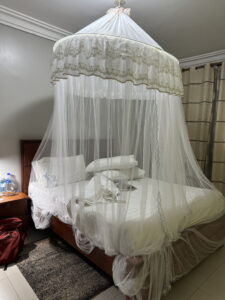
A princess bed of mosquito netting
The first thing that struck me upon arriving in Uganda was the humidity, thick and steamy, enveloping everything. Mosquitoes, a persistent presence in the tropical climate, require sleeping under protective netting—an important measure to ward off the threat of malaria and other mosquito-borne diseases.
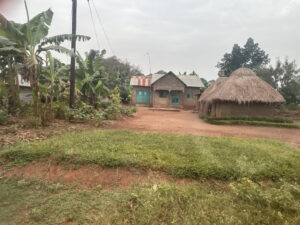
Traditional thatched roofs beside more traditional structures. Note the red earth.
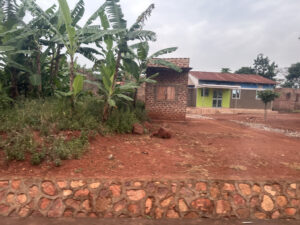 Yet, amidst the challenges posed by the environment, Uganda shines with an abundance of resources and infrastructure. Even in the most remote villages, AirTel cell phone services are commonly available, allowing people to access funds and stay connected through their mobile phones. However, once you get off the main highways, the roads are about the worst I have ever experienced!
Yet, amidst the challenges posed by the environment, Uganda shines with an abundance of resources and infrastructure. Even in the most remote villages, AirTel cell phone services are commonly available, allowing people to access funds and stay connected through their mobile phones. However, once you get off the main highways, the roads are about the worst I have ever experienced!
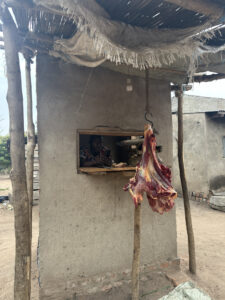
A “Smart” Butcher stall in a Kuyanga district village.
The architecture tells its own story of Uganda’s journey through time. Houses, built primarily with bricks, are sturdy, square, and squat structures. Traditional thatched huts dot the landscape, representing Uganda’s rich cultural heritage and deep connection to the land.
Give a Hand to the Brits
The legacy of British colonization looms large, evident in the structures and engineering processes that have endured here for over a century. During our encounters with local communities, the echoes of British influence were unmistakable—the meticulous record-keeping and the sense of order that defined our interactions spoke volumes about Uganda’s complex history.


About The Author: Water to Thrive
More posts by Water to Thrive